
Need assistance?
Need Assistance? Call Us 0330 058 0631
A fire extinguisher is specifically constructed for suppressing or extinguishing small fires by discharging a specialised extinguishing agent. Extinguishing agents in the form of water, foam, dry powder, carbon dioxide (CO₂), or wet chemicals are used for removing heat, denying oxygen or dispelling the chemical activity of fire.
Protect your household and loved ones with our range of easy-to-use fire extinguishers, including compact aerosol units for kitchens, garages, caravans and more. Designed for instantaneous, point-and-press extinguishment of fires, our low-cost extinguishers are shipped promptly in the UK so you are protected when it is needed most. Order household fire extinguishers at competitive prices here.
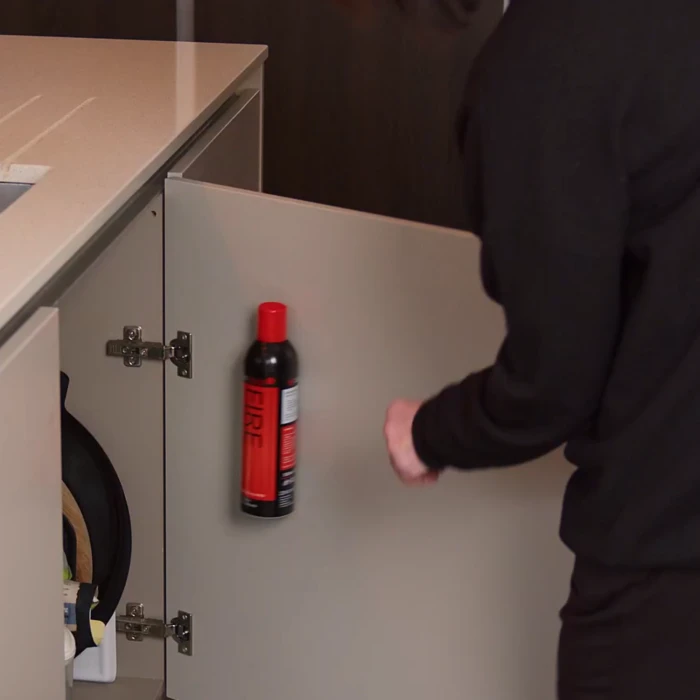
Protect people and assets with our esteemed range of business fire extinguishers, which are appropriate for use in salons, warehouses, schools, office buildings, coffee shops, conservation areas and more. Fully approved and easy to fit, our fire extinguishers allow businesses to stay safe in the event of a fire while also being UK regulation-compliant. Order business fire extinguishers today and consider our FireShield range, used by over 20,000 UK clients.
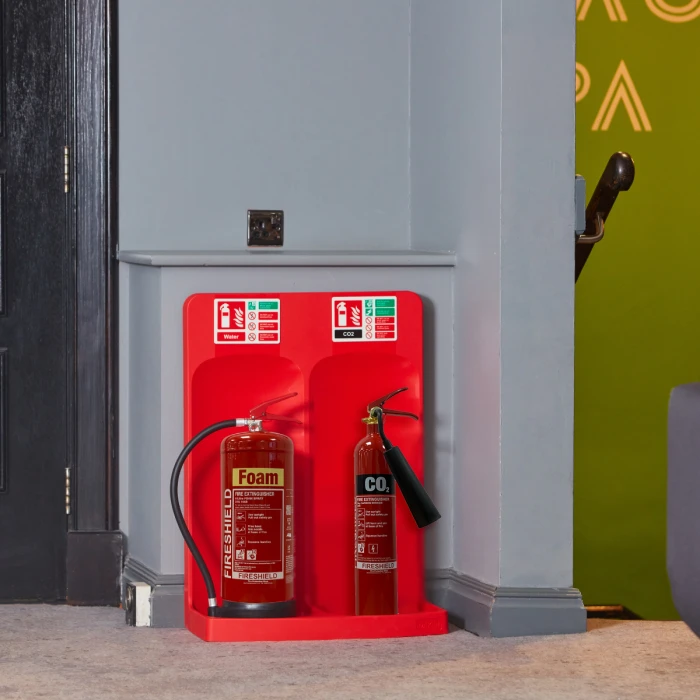
Industrial extinguishers are for high-risk, heavy-duty use where fires may involve large amounts of specialist materials. These fire extinguishers are typically supplied with larger capacities and offer longer-term durability, and superior performance compared to those in residential or even office premises.
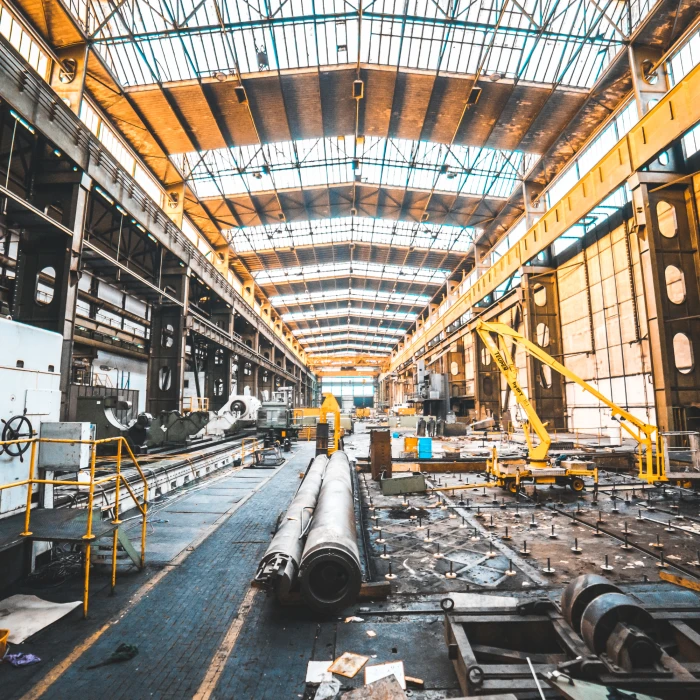
Fire Class | Description | Examples | Extinguisher Type |
|---|---|---|---|
Class A | Ordinary Combustibles | Paper, Wood, Cardboard, Fabrics | Water, Foam and Dry Powder |
Class B | Flammable Liquids | Petrol, Paint, Solvents, Alcohol | Foam, CO2 and Dry Powder |
Class C | Flammable Gases | Propane, Butane, Methane | Dry Powder |
Class D | Combustible Metals | Magnesium, Titanium, Aluminium | Specialist D Class Powder |
Class F | Cooking Oils & Fats (Commercial Kitchens) | Deep Fat Fryers, Vegetable Oils | Wet Chemical |
Electrical | Electrical Fires (Faulty Plugs) | Faulty Plugs and Overloaded Sockets | CO2 |
PFAS-free fire extinguishers are constructed without hazardous "forever chemicals." Most standard fire extinguishers are composed of PFAS (per- and polyfluoroalkyl substances), which won't naturally break down in the environment. These so-called forever chemicals can end up in our water, soil, and eventually in our own bodies.
Safer alternatives are available today. There are PFAS-free fire extinguishers with green agents which are still effective in putting out fires. These are equally reliable but pose no long-term health or environmental risks.
Increasingly, industries are shifting towards PFAS-free. Military bases, airports, and businesses want to comply with newer regulations while reducing pollution. Homeowners want a safer substitute too.
Selecting PFAS-free products is safer for humans and safer for the Earth. It's a smart decision for fire safety without the toxic tradeoff.
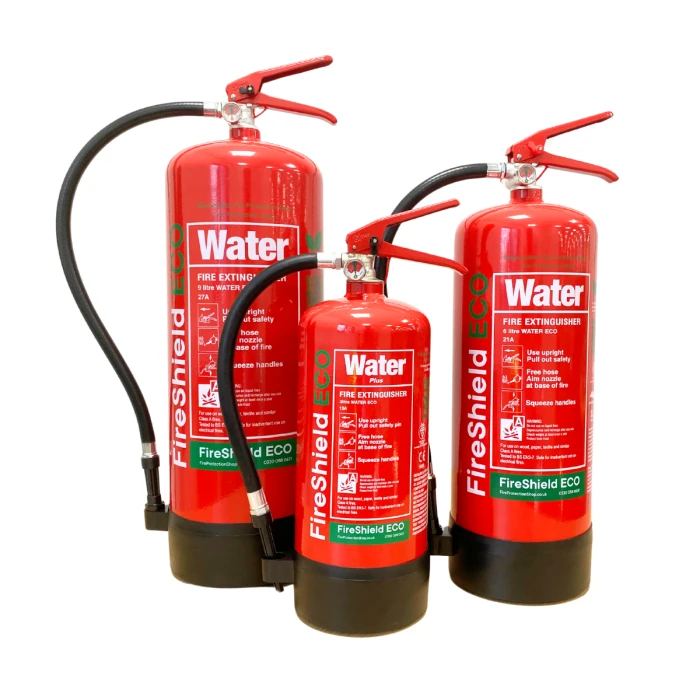
Fires are classified based on the type of material that fuels them. Each class requires a specific approach to extinguish it safely. Using the wrong extinguisher can be ineffective or even dangerous.
FireShield is setting the industry standard in fire extinguishers for unrivalled reliability and performance when it matters most. Designated for fighting an array of fire threats, FireShield fire extinguishers are above industry standards. Supported by cutting-edge technology and superior construction standards, FireShield is the elite brand for those accepting nothing less when it comes to protection against fire and PFAS-free options.
FireShield is a reputable British fire extinguisher manufacturer which meets stringent BS EN3 standards. These fire extinguishers are ideally suited for general use in companies, households and vehicles. Built for durability, FireShield fire extinguishers are often supplied with MED approvals, anti-corrosive cylinders, along with brass valve assemblies. Their rugged outer housings are made for harsh weather applications.
FireShield is a reputable British brand known for its superior fire extinguishers. Its ABC dry powder extinguishers meet the high standards specified in BS EN3 for sale within the UK as well as in Europe. Its multi-purpose extinguisher is effective for use in offices, at home, or on vehicles and is a favourite for general applications. Do note, though, it should be used with caution when inside an enclosed area due to the powder.
Class A fires are those involving solid materials such as wood, paper, and clothing. This classification of fire should be extinguished by cooling and covering using water or foam.
Class B fires are caused by flammable liquids such as petrol, oil, and alcohol. Do not use water in this instance; it may spread it further. You should use foam, dry powder, or CO₂ extinguishers in an attempt to starve it of oxygen or destroy the chemical reaction.
Class C fires are fires involving gas such as propane, butane, or methane. Here, you are supposed to first cut off the gas supply. Then you can use a dry powder extinguisher to extinguish the flames.
Class D fires are also called metal fires and can commonly be found in industries. Magnesium, lithium, and sodium catch fire at very high temperatures. You require special dry powder extinguishers for fighting such fires safely.
Class F fires are cooking oils and cooking fats in kitchens. Using water in this situation is dangerous. Extinguishers containing wet chemical agents cool the oil while forming a protective barrier which stops it from re-igniting.
There are also electrical fires involving live electrical apparatus. CO₂ or dry powder extinguishers are best since they won’t conduct electricity.
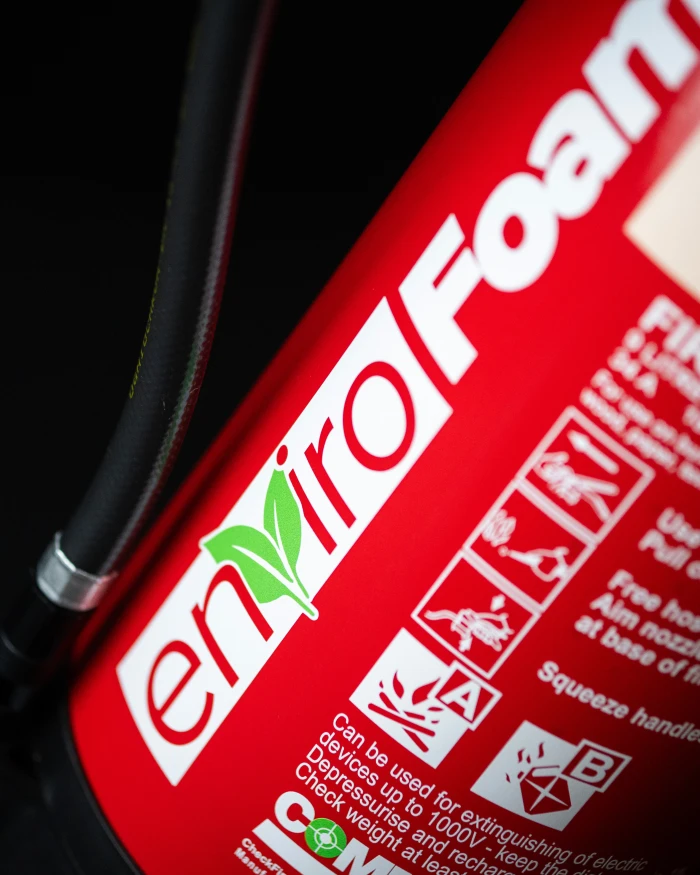

A: The main types are Water, Foam, Carbon Dioxide (CO₂), Dry Powder, and Wet Chemical extinguishers. Each is designed for different classes of fires:
Water: Class A (solids like wood, paper, textiles)
Foam: Class A and B (solids and flammable liquids)
CO₂: Class B and Electrical (flammable liquids and electrical equipment)
Dry Powder: Class A, B, C, and Electrical (solids, flammable liquids and gases, electrical equipment)
Wet Chemical: Class F (cooking oils and fats)

A: Check the label on the extinguisher which indicates the classes of fire it is suitable for. Training and signage in your workplace can also provide guidance.

A: Follow the PASS technique:
P: Pull the pin.
A: Aim the nozzle at the base of the fire.
S: Squeeze the handle.
S: Sweep from side to side.

A: No, using the wrong type of extinguisher can be dangerous. For example, using a water extinguisher on an electrical fire can cause electric shock.

A: Most portable fire extinguishers discharge completely in about 10 to 25 seconds.

A: Monthly visual inspections are recommended, with a more thorough annual inspection by a professional.

A: Check the pressure gauge. If the needle is in the green zone, it’s good. Also, ensure there are no visible signs of damage or corrosion.

A: Replace it or have it professionally serviced. Do not attempt to use an expired or damaged extinguisher.

A: Yes, many fire extinguishers can be recharged by a certified professional after use or as part of routine maintenance.

A: Store them in easily accessible locations, mounted on a wall or placed in designated areas, away from potential fire hazards, and at a height where they can be quickly reached.

A: In the UK, the standards for fire extinguisher servicing are outlined in the British Standard BS 5306-3:2017. This standard provides detailed guidelines on the commissioning, maintenance, and inspection of portable fire extinguishers. Here are the key points regarding the servicing requirements:
Initial Installation: Fire extinguishers must be commissioned by a competent person when they are first installed. This includes ensuring they are appropriate for the risk, properly located, and correctly installed.
Documentation: A commissioning label or certificate should be provided, indicating the date of commissioning and details of the extinguisher.
Monthly Inspections: Visual inspections should be carried out monthly by the user or a designated responsible person. This involves checking the extinguisher is in its designated place, not obstructed, clearly visible, and has not been tampered with or damaged.
Annual Basic Service: A competent person must conduct a detailed examination and service every 12 months. This includes checking the pressure, weight, condition, and operation of the extinguisher.
Extended Service: Water, foam, and powder extinguishers require an extended service every 5 years. This involves a thorough examination, including internal inspection and discharge testing.
CO₂ Extinguishers: These require an overhaul and hydraulic pressure test every 10 years